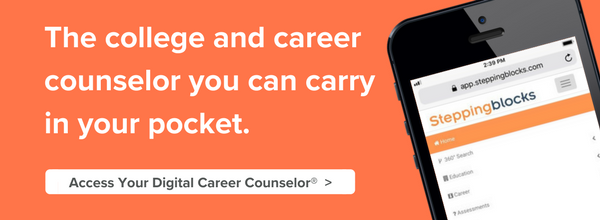You're much more than a resume. The details are just bullet points of your story, and it needs to grab the employer's attention within seconds. You may be the best candidate for the job, but no one will realize it if you're not invited for an interview to impress your future boss. Surveys of hiring managers report they scan each resume template for an average of six seconds before deciding whether to place it in the reject pile or move it forward for an interview. Land in the right stack by avoiding these resume no-nos. Then view resume templates and learn how to make a resume with Resume-Now voted the best online resume builder by consumersadvocate.org.
1. Ignoring Keywords on Your Resume Template
Many companies use automated applicant tracking systems to scan all resumes received and perform an initial screening for compatibility with the job and career path requirements. These systems rely on keyword matching. Your chance of getting your resume template reviewed by an actual human increases if it includes keywords. Review the job description for clues on identifying keywords that match your skills and experience. For resume examples from creative to classic visit RockStarCV.
2. Using an Unprofessional Email on Your Resume
The persona you present on your Tinder profile should not show up in your job search unless you don't mind explaining to potential higher-ups the meaning behind your "mistertwinkletoes" moniker when they ask, "Why should we hire you?" Funny emails may be memorable, but the resume should be the one making a favorable impression. If your email address is from an educational institution, Yahoo or AOL, it suggests you are outdated or unable to adjust to change. Obtain a Gmail account, and include it on your revised resume template.
3. Forcing Your Resume Template on 1 Page
If you're trying to fit as much information as possible onto one page by using 8-point font and shrinking the margins, don't. Hiring managers aren't going to bother wading through microscopic text or hard-to-read fonts. Keep at least a 0.8-inch margin and stick to at least a 10-point font.
4. Including Unrelated Experience From the Past
Hiring managers don't care about that job you had in high school or even that job you had in 2008. You'll be hired for skills you have now, not things you did more than a decade ago. Most employers make their decision based on what they see in the top third of the first page.
5. Omitting Metrics of Success
The duties of your jobs don't matter nearly as much as what you accomplished while doing them. Hiring managers want to see numbers — metrics quantifying and measuring what you actually contributed in your role. "Increased sales by 17 percent" or "reduced spending by 23 percent" are more descriptive and effective than "was top salesperson" or "led spending reduction initiative."
6. Not Bothering With Spellcheck
Spelling and grammar mistakes appear unprofessional and sloppy. Spellcheck is an easy fix.
7. Turning Your Resume Into an Art Project
The ultimate goal of your resume is to score an interview. Colorful graphics, elaborate fonts and ornate layouts indicate creativity, but turning your resume into an art project won't work to your advantage. Stick to standard non-serif fonts like Arial and conventional layouts to make the information easy for hiring managers to consume and automated tracking systems to scan.
8. Including Unnecessary Personal Details
Don't include your home address, age, marital status, number of children or personal hobbies. These details aren't relevant and could be used to discriminate against you.
9. Using Personal Pronouns
It's assumed the resume is about you. So there's no need to use personal pronouns such as "I," "me" or "my."
10. Writing in the Present Tense for Past Jobs
Only use present tense for verbs describing your current job. Be sure all past experience uses past tense only.
Follow These Guidelines for Your Resume
On average, every corporate job opening receives 250 resumes. Only four to six candidates are called for an interview. Only one is offered a job. To increase your chances of being one of those four to six candidates, tailor your resume to the job and career path by following these ten basic rules.
1. Include keywords relevant to the job description.
2. Use a professional email address.
3. Format your resume to be digestible, making use of white space and appropriate-sized fonts.
4. Include highlights from the past 10 years relevant to the position you're applying for.
5. Include quantified metrics demonstrating your achievements.
6. Always run spellcheck and review for grammar errors.
7. Stick to standard formats with minimal use of color or graphics.
8. Don't include personal information such as age, address or marital status.
9. Don't use "I" or "me" or "my" since it's assumed your resume is about you.
10. Use past tense when describing past jobs and present tense for your current job.

%20(1).png)
.png)




